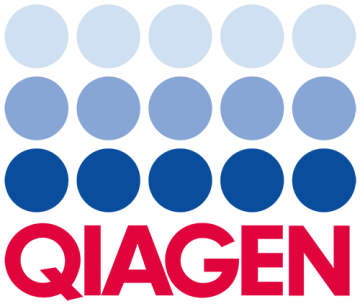

How can we #DefeatMeningitis? Fast molecular diagnostics
Historical diagnosis focused on clinical presentation
Doctors have been describing central nervous system (CNS) infections since Hippocrates. But until the 19th century, they had no reliable way to diagnose meningitis, instead relying on clinical presentation alone (2).
That changed in 1890 when a German surgeon performed the first modern lumbar puncture. This procedure allowed doctors to analyze cerebrospinal fluid (CSF) and identify the hallmarks of bacterial meningitis (2).
Since then, scientists have identified several bacteria, viruses and fungi that can cause meningitis/encephalitis.
Slow, inaccurate tests delay care for patients
A modern breakthrough: Fast molecular diagnostics
When bacterial meningitis can be fatal within 24–48 hours and requires immediate medical attention, you need to be able to react faster.
The answer? Adding fast molecular diagnostics – specifically, syndromic PCR panel tests – to your diagnostic algorithm alongside standard-of-care methods.
The World Health Organization lists the expansion of access to fast molecular diagnostics as a crucial pillar in their plan to defeat meningitis by 2030 (4).
With fast panel tests, you get:
ME-Graph-Epidemiology
Learn on-demand
Further reading
References
- GBD 2016 Meningitis Collaborators (2018) Lancet. 17,1061–1082. https://doi.org/10.1016/S1474- 4422(18)30387-9
- Tyler KL. Chapter 28: a history of bacterial meningitis. Handb Clin Neurol. 2010;95:417-433. doi:10.1016/S0072-9752(08)02128-3
- Van de Beek D. et al. (2016) Cli Microbiol Infect. 22, S37–S62. doi: 10.1016/j.cmi.2016.01.007
- WHO. Defeating Meningitis by 2030. https://www.who.int/initiatives/defeating-meningitis-by-2030
- Cailleaux M. et al. (2019) ) Eur J Clin Microbiol Infect Dis. 39, 293–297. https://doi.org/10.1007/s10096-019-03724-7 *
- Posnakoglou, L., et al. (2020). Eur J Clin Microbiol Infect Dis. 39(12), 2379–2386 *
- Moffa MA, Bremmer DN, Carr D, et al. Impact of a Multiplex Polymerase Chain Reaction Assay on the Clinical Management of Adults Undergoing a Lumbar Puncture for Suspected Community-Onset Central Nervous System Infections. Antibiotics (Basel). 2020;9(6):282. Published 2020 May 26. doi:10.3390/antibiotics9060282 *
- Naccache SN, Lustestica M, Fahit M, Mestas J, Dien Bard J. One Year in the Life of a Rapid Syndromic Panel for Meningitis/Encephalitis: a Pediatric Tertiary Care Facility's Experience. J Clin Microbiol. 2018;56(5):e01940-17. Published 2018 Apr 25. doi:10.1128/JCM.01940-17 *
* Data cited pertains to the use of a device from another manufacturer.
The QIAstat-Dx ME Panel is indicated as an aid in the diagnosis of specific agents that cause meningitis and/or encephalitis, and results must be used in conjunction with other clinical, epidemiological, and laboratory data. Results from the QIAstat-Dx ME Panel are not intended to be used as the sole basis for diagnosis, treatment, or other patient management decisions. Positive results do not rule out co-infection with organisms not included in the QIAstat-Dx ME Panel. The agent or agents detected may not be the definite cause of the disease. Negative results do not preclude central nervous system (CNS) infection.
The QIAstat-Dx ME Panel is intended for in vitro diagnostic use by laboratory professionals only.
Product availability may differ from country to country based on regulations and approvals. Contact your country representative for further details. For up-to-date licensing information and product-specific disclaimers, see the respective QIAGEN kit instructions for use or user manual. QIAGEN instructions for use and user manuals are available at www.qiagen.com or can be requested from QIAGEN Technical Services (or your local distributor).





